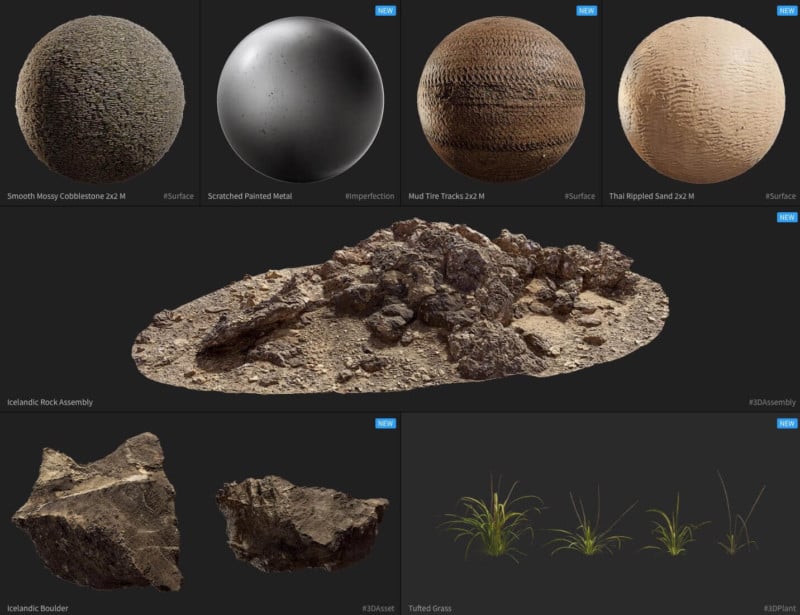This is How Photorealistic Video Game Engines Are Now
The asset library Quixel has released this new 2.5-minute cinematic short film titled “Rebirth.” It’s an eye-opening look at how photorealistic real-time rendering in video game engines is now.

Using the scans — a part of Quixel’s Megascans library — a team of three artists at Quixel created the 1:45 cinematic film in real-time using the power of the Unreal Engine 4 game engine.
“The high fidelity of the physically-based scans delivers results that are remarkably photorealistic,” Unreal Engine writes.
Here are some still frames from the short film:
![]()
![]()
![]()
![]()
![]()
![]()
Part of the realism was due to the use of a physical camera rig that allowed the creators to “film” in virtual reality.
“With UE 4.21 at the heart of the real-time pipeline, Quixel’s artists were able to iterate on the go, eliminating the need for previsualization or post-production,” Unreal says. “The team also built a physical camera rig that was able to capture movements in-engine using virtual reality, adding an enhanced dimension of realism to the short. All post-processing and color grading was completed directly within Unreal.”
The result of all this work and technology is a real-time film that rivals the photorealism of offline renders.
(via Unreal Engine via DPReview)